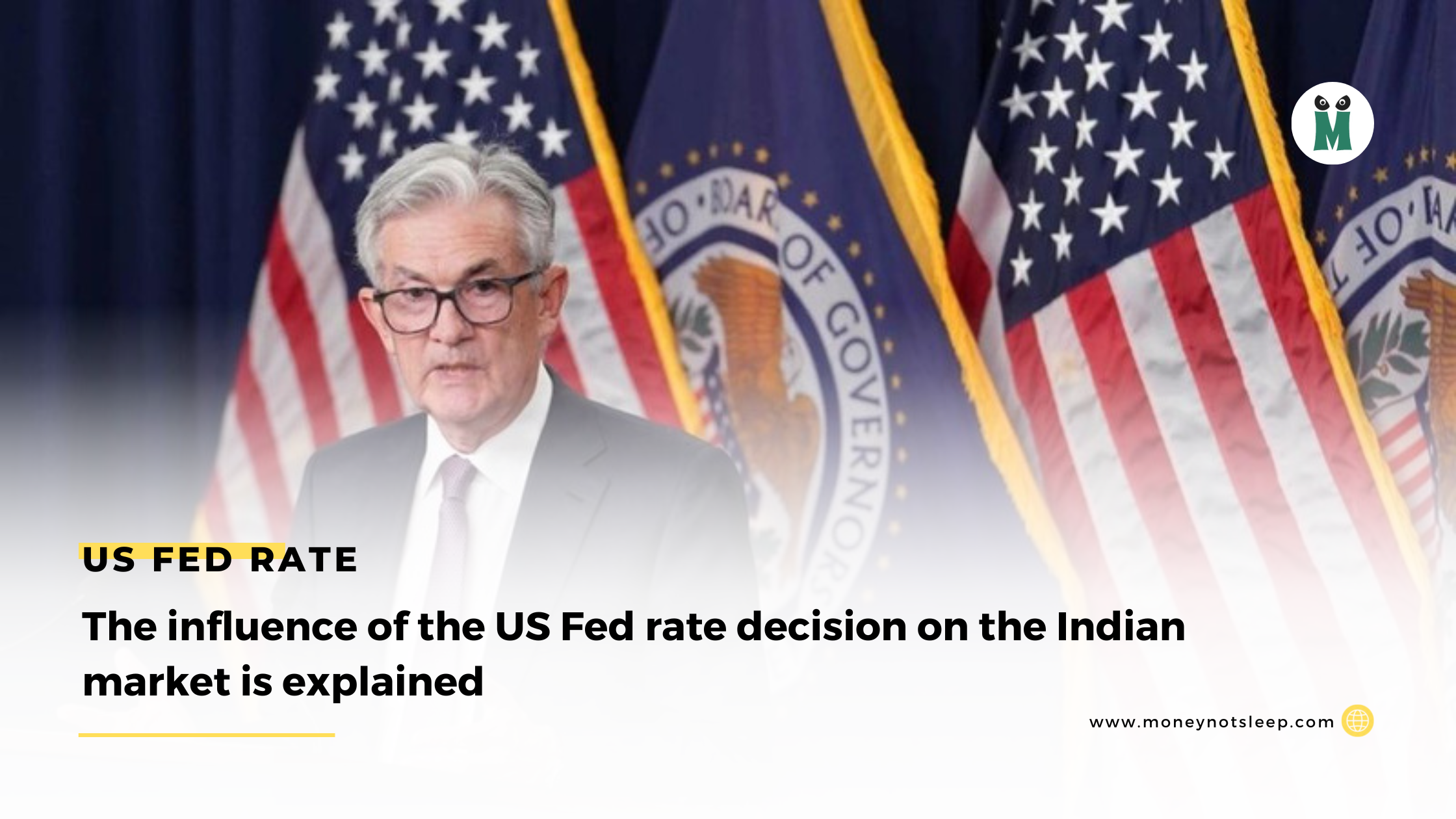
Just a few weeks ago, the global market celebrated the prospect of the US Fed Rate interest slowing.
Fed Chair Jerome Powell agreed that lower interest rate rises were anticipated, but he cautioned that monetary policy might stay tight until unambiguous evidence of considerable inflation reduction is discernible.
However, this confidence quickly faded as good macroeconomic data in the United States reminded the market that the US fed interest rate can be significant.
At the moment, the US Federal Reserve is the most powerful central bank in the world. Its policy actions have repercussions all across the globe. Forget about US fed rate rises; even a nudge in the direction of a rate hike disturbs markets.
Investors may be disappointed that by swiftly raising rates, the Fed is increasing the chance of a recession and breaking market confidence. But the Fed has a duty to do: keep inflation under control, and raising interest rates is its most effective weapon against rising inflation.
What can we anticipate this time?
The decision of the US FOMC meeting is anticipated on December 14, and after hiking US fed rate by 75 basis points at each of the last four sessions, a 50 basis point boost is expected this time.
Reuters surveyed economists unanimously predicted that the US Federal Reserve will raise federal reserve interest rates by 50 basis points on December 14.
Why is the US Federal Reserve raising interest rates?
After the Covid-19 epidemic rocked the world, the US Fed and other central banks dropped key lending rates to historic lows to provide enough liquidity in their financial systems while economic activity was hampered owing to Covid restrictions.
Before the epidemic could stop and central banks began to wind down surplus money, the Ukraine war broke out, sending commodities prices skyrocketing owing to a demand-supply mismatch. In the United States and portions of Europe, inflation has reached multi-decade highs. In India, retail inflation, as measured by the Consumer Price Index (CPI), has been above 6% for the previous ten months, above the top level of the RBI’s tolerance zone.
Inflation, as we all know, is simply an increase in the prices of goods and services. When inflation grows, consumers are forced to spend more money. This reduces their purchasing power and reduces demand, which in turn reduces output and economic growth.
High inflation reduces buying power, which reduces consumption, which reduces demand, which reduces output and economic development. Worse, this cycle repeats itself since a weak economy equals weak output, poor salaries, and so on. This is one of the reasons for the US fed rate increase.
According to the IMF: “In an inflationary environment, unevenly growing prices ultimately diminish some consumers’ buying power, and this erosion of real income is the single greatest cost of inflation. Inflation can also distort buying power over time for fixed-interest rate users and payers.”
Inflation is a major concern, and it is the Fed’s obligation to manage inflation below acceptable ranges.
What does this entail for India’s economy and market?
Following a rate rise by the US Fed rate, the interest rate differential between the US and India narrows, negatively affecting currency trade. The dollar and the US government yield become more appealing in the US, and capital outflows begin in the Indian market.
Furthermore, the currency weakens, prompting the rate rise in India. If the rupee falls drastically, the RBI may be obliged to sell dollars in order to support the domestic currency. This depletes the domestic currency reserve.
The biggest shock to the market has been strong selling by overseas investors. Emerging economies often provide higher returns than established markets, but when the US fed rate rises, the amount of the gain becomes less appealing. In this situation, international investors withdraw funds from emerging economies such as India and invest in equities in the United States, which are less volatile.
What should individual investors do?
US fed rate rise is predicted, and the market may have priced it in. An indication from the Fed on the course of the rate rise will set the tone for the market.
Even analysts and experts have warned that the United States may enter a recession in 2023, and the Fed may continue to raise rates until it is persuaded that inflation has fallen and will not rise again.
This will most certainly keep the market volatile. Domestic-centric industries are less likely to be damaged by a US recession, therefore retail investors may gamble on them. Experts advise investing for the long term in quality equities, adding on dips, and adjusting portfolios based on market conditions.





